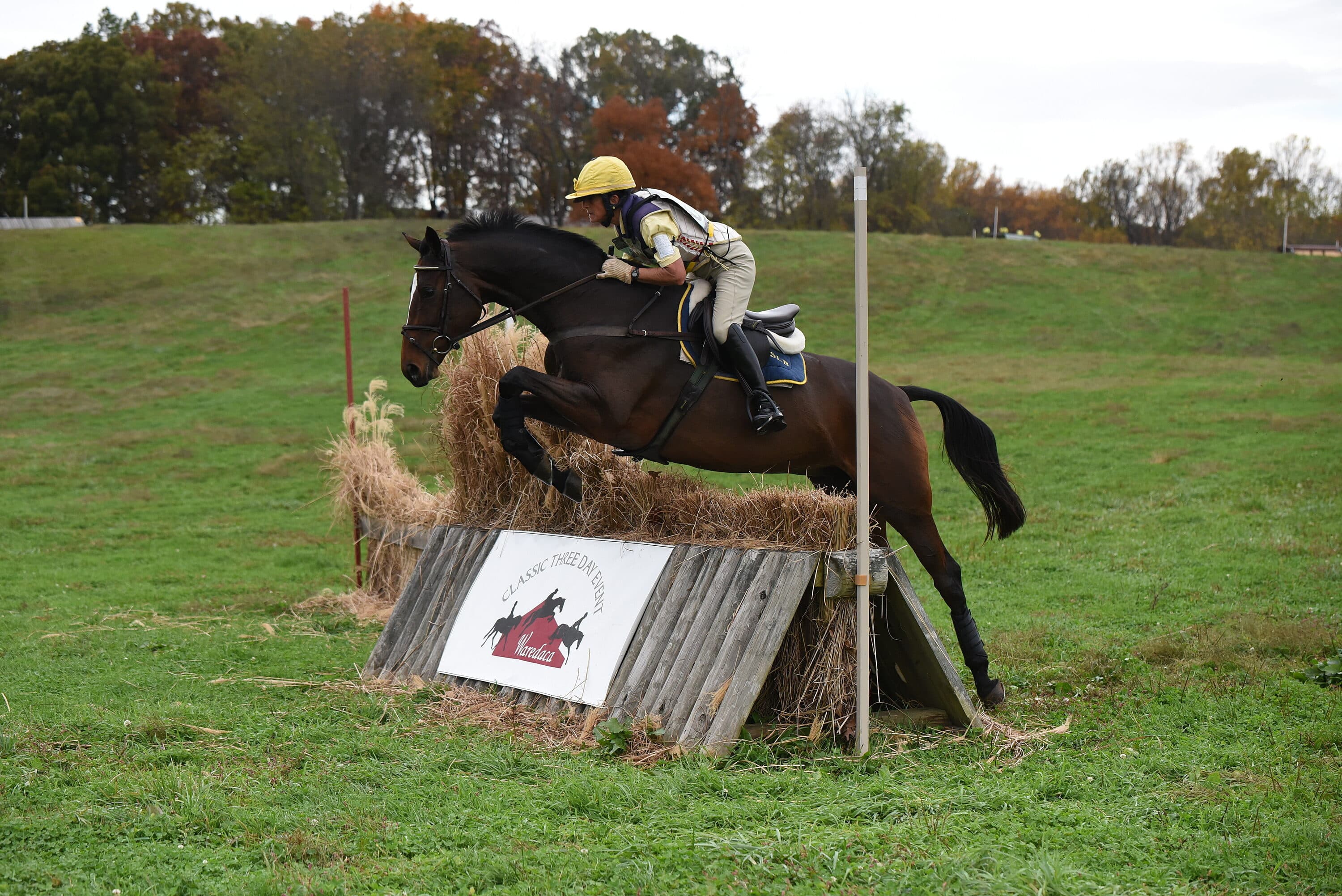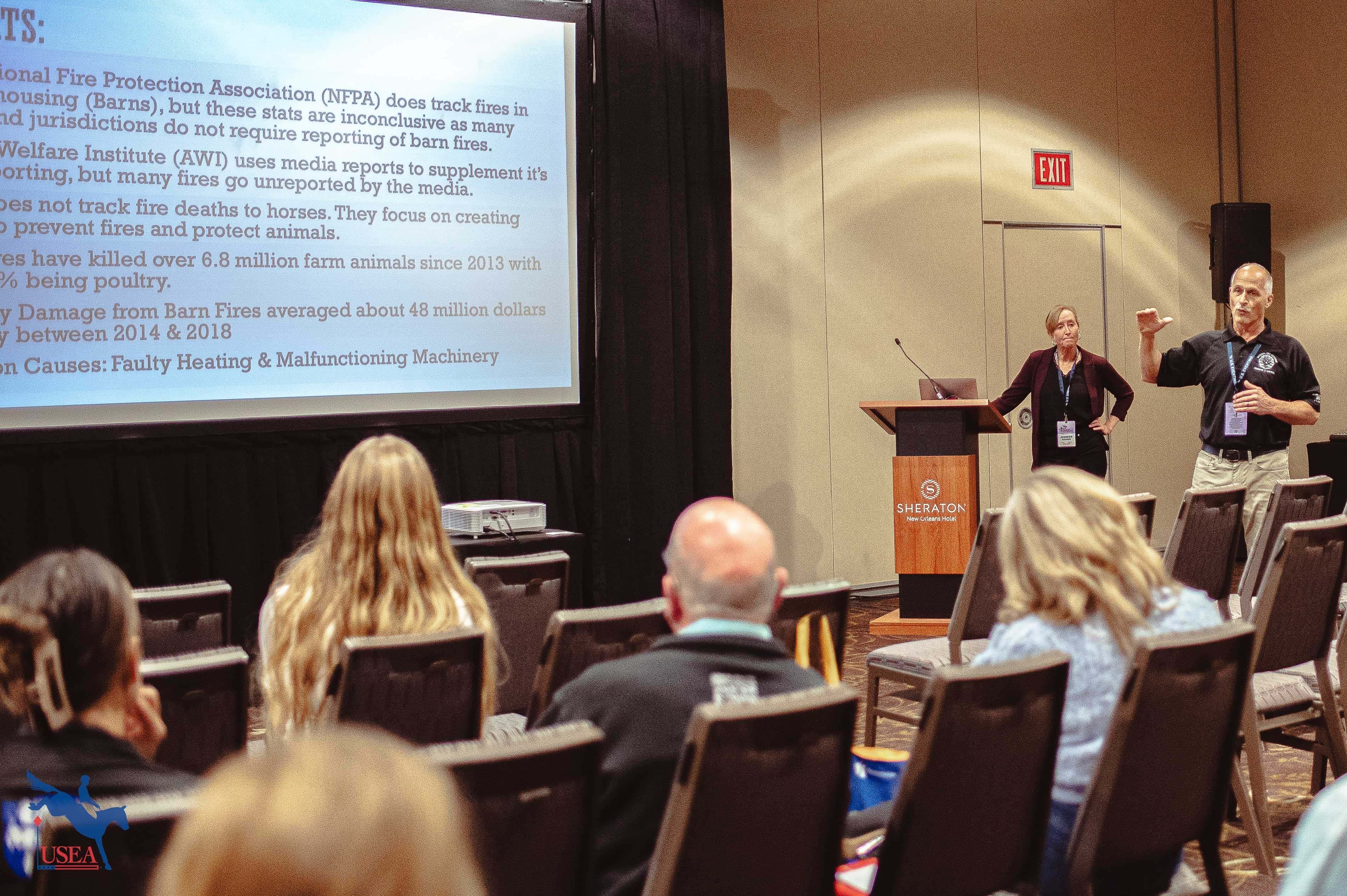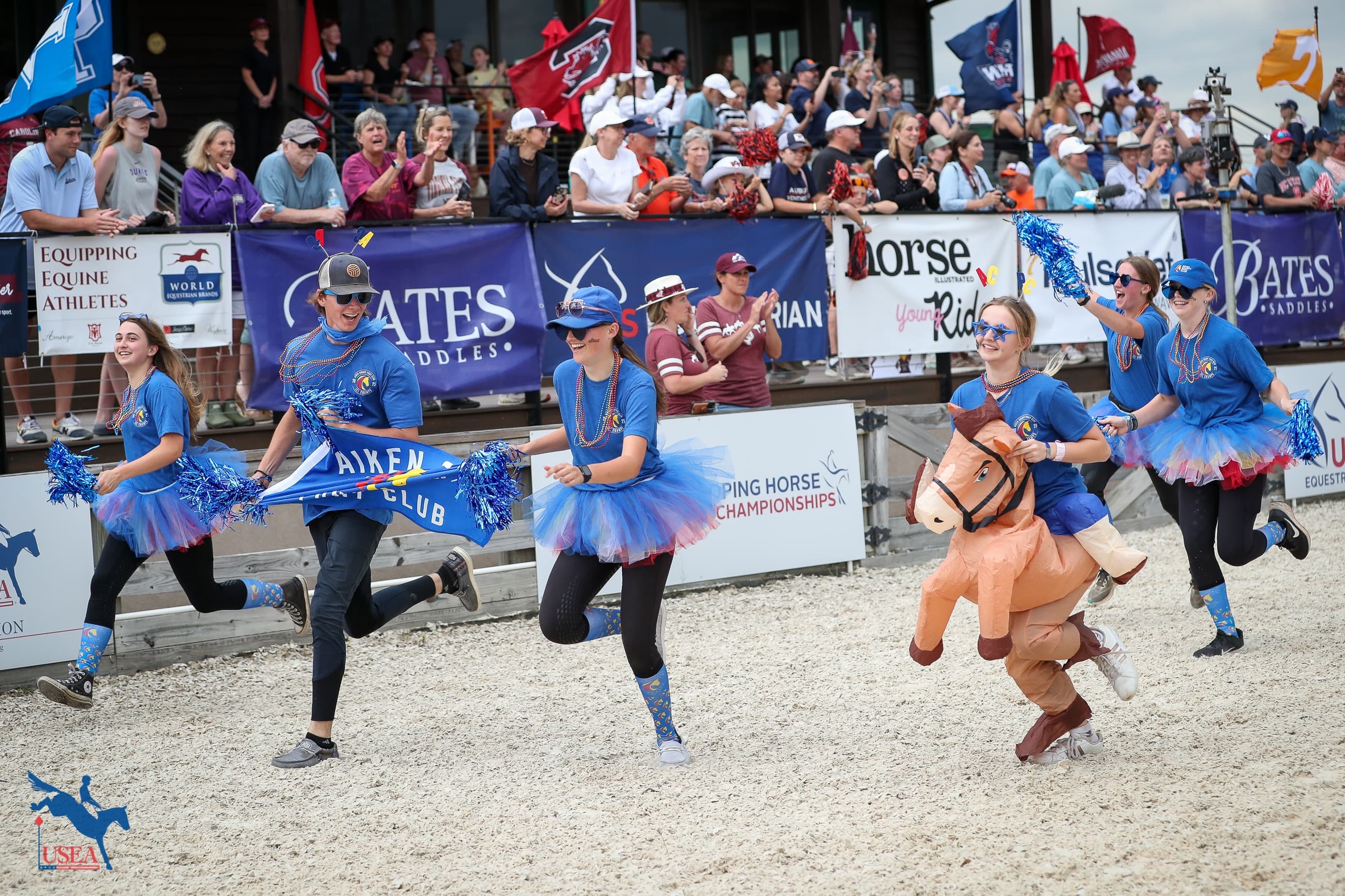For Want of a Nail: Shoeing Tips for Classic Three-Day Event Preparation

“For want of a nail, the shoe was lost. For want of a shoe, the horse was lost. For want of a horse, the rider was lost. For want of a rider, the battle was lost.” Benjamin Franklin included a version of this proverb, preceded by the words, “A little neglect may breed great mischief,” in Poor Richard's Almanack in 1758.
Success at a Classic Three-Day Event requires attention to detail and careful management of many things. Everyone knows how much attention they need to put into conditioning, but often everyday tasks get lost in the excitement of going to a Classic Three-Day Event. A horse’s shoeing should be part of the competitor’s regular schedule, but will it coincide with their Classic Three-Day Event plans? It can be easy to forget and suddenly a competitor is right on top of what might be the most demanding competition them and their horse have attempted.
Whether the competitor schedules their own appointments, or their barn manager takes on that responsibility, they are ultimately responsible for getting their horse to the competition in peak form, and that takes planning. Throughout the weeks of conditioning, competitors should watch if the extra work has any negative effect on their horse’s feet. Do the nails need to be tightened more often? Are their feet showing signs of retaining moisture because of extra baths? Any and all changes should be monitored and thorough communication with the farrier is crucial to maintain a healthy foot. This will result in good, tight shoes for the competition. Competitors should talk to their farrier and tell them their plan early enough to let them have time to help the competitor and their horse.
The average horse is shod every 4 to 6 weeks. Some need attention more often, while others can go longer in between farrier visits. It is sensible to have the horse’s last farrier visit scheduled 1-2 weeks prior to the first day of competition. If the horse is ever uncomfortable after a farrier visit, competitors may want to allow a bit more time. It is always risky to wait until the last minute in case of a hot nail or something silly that could keep the competitor out of the competition. If competitors are observant, then they should know how soon after a shoeing the horse’s feet are at their best. The goal is to arrive at the competition with tight shoes and a sound horse. The last thing the competitor should do is make big changes close to the competition. So, the cadence of appointments may need to be planned as far as 3-4 months out for optimal timing around the event. That is well before the opening date!
At the last shoeing before the event, the farrier should put on a new set of shoes and provide the old set to serve as spares for Endurance Day. If the horse’s old shoes are truly worn, competitors should ask their farrier to make a set of new shoes that are the same as the shoes they are putting on. If the old shoes are going to be used as spares, be sure to ask the farrier to reshape them to the newly trimmed foot. This is often not on the competitor’s radar and lo and behold they will get to the Vet Box and the shoe doesn’t fit. Once that spare shoe is shaped, label it immediately. Labeling them as they are on the horse, for example with RF=right front or LH= left hind, is always a safe protocol. Then, under the pressure of the 10-min box or the assistance area, it will be easy to just grab the shoe and get it put on. Even an inexperienced helper can grab the correct shoe. Using a duct tape or painter’s tape tab will suffice and it will be easy to take it off when the shoe is being put on.
Competitor’s should make a plan for replacing lost shoes during the Endurance Day with their coach by taking into account what is best for their horse. If there is a helper that can be at the assistance area, and if there is a farrier there as well, competitors can stage their spares there. If they aren’t used, then they can go back to the Vet Box to be at the ready if needed. Laying the spare shoes out in a square that corresponds to the horse is a great way to stay organized. Never forget to check that the helper will have time to get back to the Vet Box if they are staged at the assistance area as well! This will factor into the plan. Some riders will have a spare set at the assistance area and another at the Vet Box, just in case.
If competitors plan to use studs in their horse’s shoes, that adds something else to plan for. Competitors will need two sets of studs: one for the horse and one for the spares. It will take too long to try and put in studs while the horse is hot and sweaty. Unless the plan is to use Olympic Bullets, the farrier should be able to put them on with the studs in the holes.
While it may sound silly, be sure that when the farrier puts on a new set of shoes that they are drilled and tapped and that the studs go in before the shoe is nailed on. It’s no fun to find out at the competition that a hole wasn’t tapped or that the stud won’t screw in easily and straight.
A well-shod horse has a better chance of completing a Classic Three-Day Event with no shoeing complications. It also adds to the good first impression competitors make at the Arrival Exams and the First Horse Inspection. A badly shod horse will be noticed by the Officials and Veterinarians, so why give them cause for concern? In the long run it will save money having taken care of this at home with a regular farrier rather than waiting to have the horse shod at the competition. Show farriers may charge quite a bit more for the same shoeing job as at home and they don’t know the horse.
Participating in a Classic Three-Day Event is a real test of horsemanship and that includes more than just riding. The elite in this sport don’t have any mystical secrets, they just do everything they do to the nth degree. Nothing is left to chance. Aim that high and see what happens!
About the USEA Classic Series
The USEA Classic Series keeps the spirit of the classic long format three-day events alive for Beginner Novice through the Preliminary levels. Competitors can experience the rush of endurance day, including roads and tracks, steeplechase, the vet box, and cross-country, as well as participate in formal veterinary inspections and educational activities with experts on the ins and outs of competing in a long format three-day event. Riders who compete in a USEA Classic Series event during the year will have the chance to win a variety of prizes at the events from USEA sponsors, and earn leaderboard points. Click here to learn more about the USEA Classic Series.
The USEA would like to thank bronze sponsors SmartPak Equine and D.G. Stackhouse & Ellis Saddles, as well as contributing sponsors Bates Saddles and Parker Equine Insurance for supporting the USEA Classic Series.














